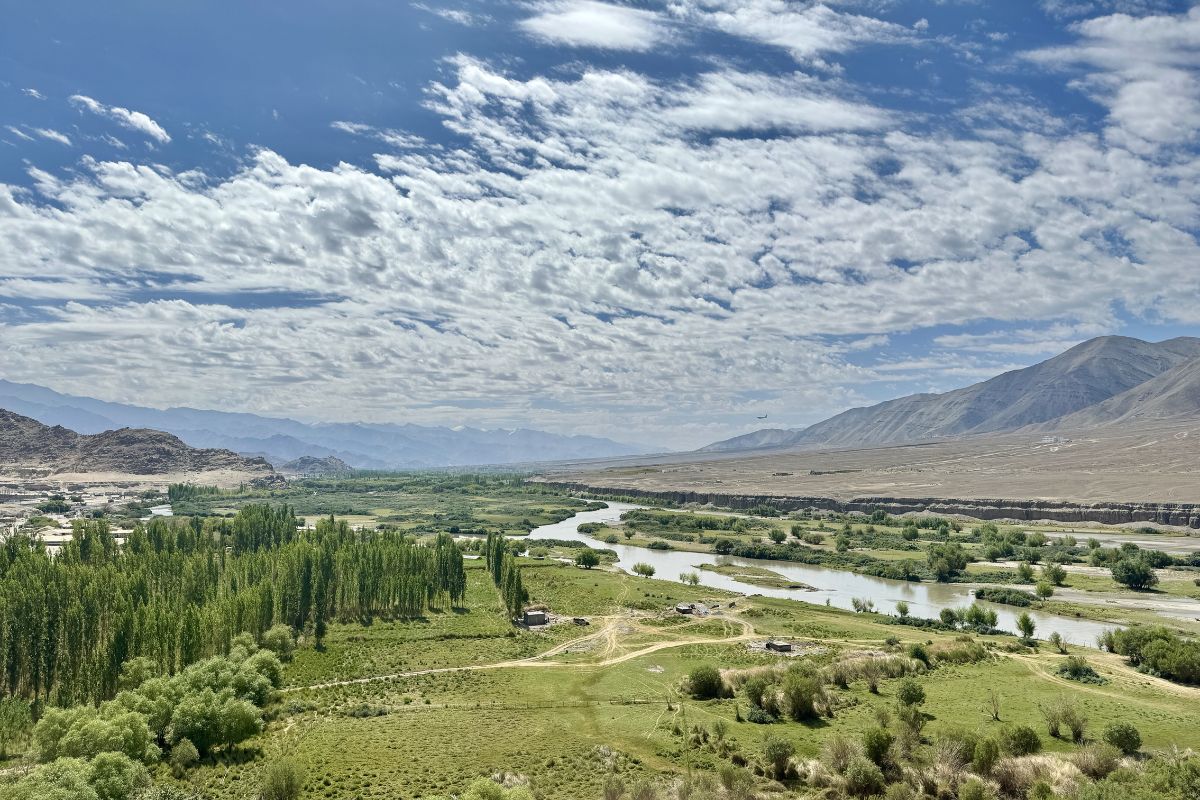Whilst we are huge believers in the hard-to-quantify (yet extremely tangible) benefits that travel can bring in terms of conservation, connection, communication, and economic parity, the responsible travel ‘elephant in the room’ will always be that flight is a very carbon-heavy way to get around.
There are a plethora of different carbon calculation tools out there that try and work out the per capita ‘carbon cost’ of different aspects of our lives, including transport, but the figures vary considerably depending on which calculator you use, because carbon calculation is an extremely tricky discipline – the details are far from simple.

Do you, for example, calculate the cost of the activity in isolation, or include the wider ramifications of factors further up the chain? You could calculate flight carbon based on the fuel-consuming emissions of the plane journey itself: simple. But is it really accurate?
It doesn’t take into account the carbon costs of producing the fuel, or those surrounding the process of flying, such as the running of the airports.
When you think about the amount of variables involved, it’s unsurprising that carbon estimates differ so widely. However, no matter which tool you use, one thing never changes: flight is always the most carbon-heavy mode of transport by a large margin.
Some calculators estimate it at double the carbon of most other modes, others at 4 or 5 times as high, and some even greater, but the conclusion is clear: reducing the number of flights taken means a lighter carbon footprint, which is always going to be a good thing, and is a big part of the driving force behind Nick’s land-based trav-experiment. Experi-travel? Nevermind.

“If I were to try and make this journey as fast as possible, hitting every connection, I calculate it would take 19.5 days each way, so I’m not expecting a queue of people waiting to follow me along these tracks either side of their two weeks in India, welcome though they would be! This journey is just an exciting chance to prove that this kind of travel is possible, experience the places that lie in between, and live the motto: it’s the journey not the destination.” – Nick Pulley
To give a rough baseline for how much swapping flights for land-based travel has reduced the carbon cost of this journey, we’ve used the carbonindependent.org calculator, as it is highly-regarded, unbiased, and based on robust statistics, but many similar calculation tools are available.
Carbon Independent.org
Flying
250 kg (1/4 tonne) CO2 emissions per passenger per hour of flight.
London to Delhi (5 hrs by car from Agra) = approx. 8.5 hours total flight time = 2.12 tonnes CO2e
Rail
100 g/mile CO2
1 person travelling from Brighton to Agra (13,277km/ 8,250m) by rail = 0.83 tonnes CO2e
To put that in perspective, the same carbon calculation tool puts the average annual emissions in the UK at 10 tonnes per capita.
